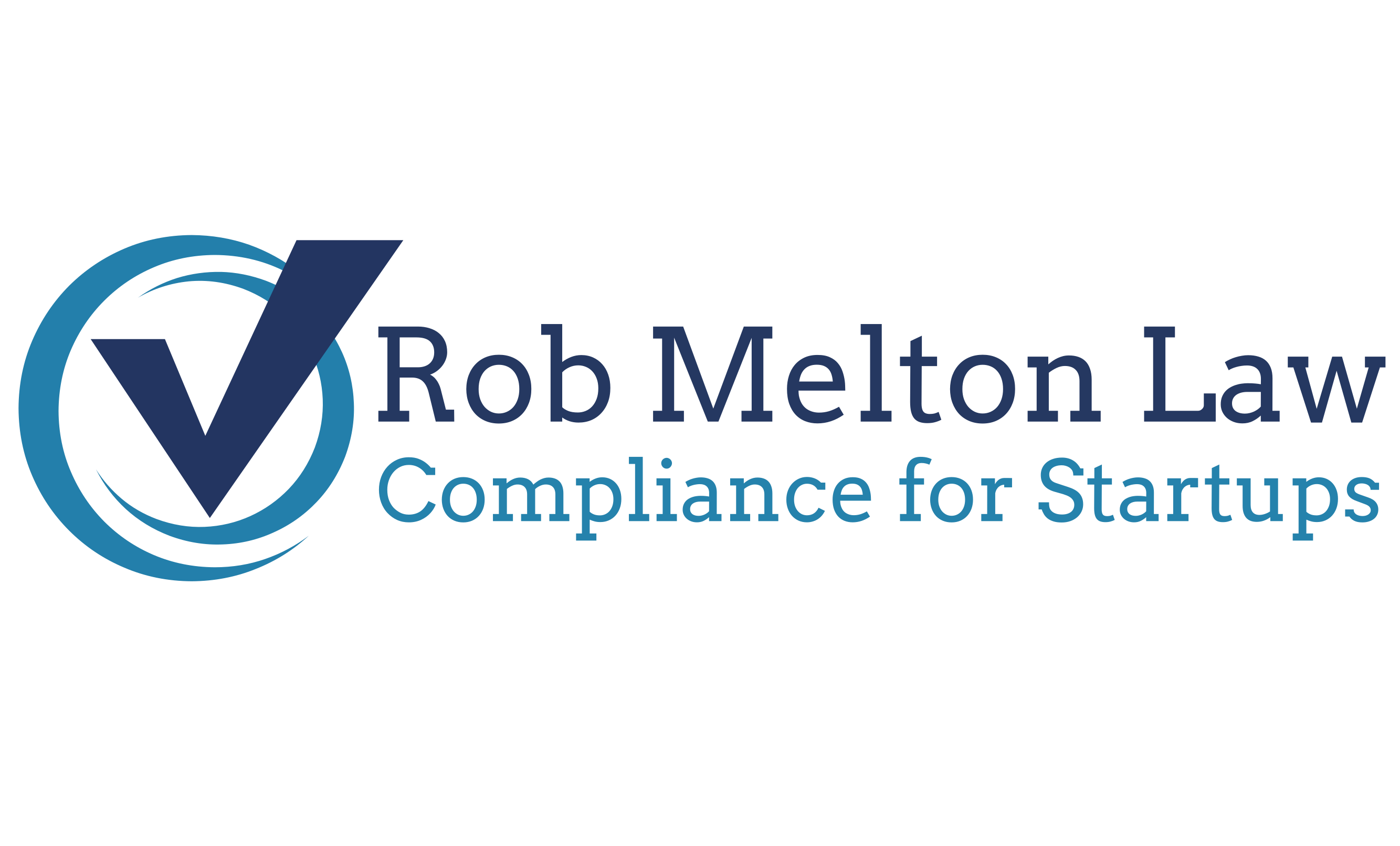A lawyer plays a key role in a HIPAA risk assessment by ensuring compliance with privacy and security regulations and mitigating legal risks. Here’s how they can help:
– Interpret HIPAA regulations: Lawyers can clarify complex legal requirements and ensure the assessment aligns with federal and state laws.
– Review policies and procedures: They can evaluate existing security measures, privacy policies, and Business Associate Agreements (BAAs) for compliance.
– Identify legal risks: Attorneys can assess potential liabilities, including risks related to data breaches, improper disclosures, and enforcement actions.
– Assist with breach response: If a security incident occurs, lawyers can guide organizations through breach notification requirements and regulatory reporting.
– Provide legal documentation: They can draft or revise risk management plans, incident response protocols, and compliance documentation.
– Defend against audits and investigations: Lawyers can represent organizations in HIPAA audits, government inquiries, or legal disputes.
Both covered entities and business associates are required to perform a HIPAA risk assessment to evaluate potential threats to protected health information (PHI). The HIPAA Security Rule (45 CFR § 164.308) mandates that organizations conduct an accurate and thorough assessment of risks to the confidentiality, integrity, and availability of electronic PHI (ePHI). Additionally, the HIPAA Breach Notification Rule (45 CFR § 164.402) requires a risk assessment when there is an impermissible acquisition, access, use, or disclosure of unsecured PHI, to determine whether notification is necessary.
The HIPAA Security Rule does not specify an exact frequency for conducting risk assessments, but organizations must perform them regularly to ensure compliance and identify vulnerabilities. Many healthcare entities conduct annual assessments, while others may perform them bi-annually or every three years, depending on their risk environment. Additionally, a risk assessment should be conducted whenever there is a significant change in operations, such as new technology implementations, mergers, or security incidents.
A HIPAA risk assessment must evaluate vulnerabilities that could compromise the confidentiality, integrity, and availability of protected health information (PHI). Key vulnerabilities to consider include:
– Technical vulnerabilities: Weak encryption, outdated software, misconfigured firewalls, and unpatched systems.
– Physical vulnerabilities: Unauthorized access to servers, workstations, or paper records, improper disposal of PHI, and lack of security controls in facilities.
– Administrative vulnerabilities: Inadequate employee training, weak access controls, and failure to enforce security policies.
– Human-related vulnerabilities: Phishing attacks, social engineering, and accidental data disclosures.
– Third-party vulnerabilities: Risks associated with business associates, cloud storage providers, and external vendors handling PHI.
The U.S. Department of Health and Human Services (HHS) provides guidance on HIPAA risk analysis and offers tools to assist organizations in conducting assessments. One such resource is the HIPAA Security Risk Assessment (SRA) Tool, developed by HHS and the Office of the National Coordinator for Health Information Technology (ONC), which helps small and medium-sized healthcare practices evaluate their security risks. Additionally, HHS provides the Risk Identification and Site Criticality (RISC) Toolkit, which offers a data-driven, all-hazards risk assessment for healthcare organizations.
Organizations are required to mitigate risks identified in a HIPAA risk analysis to ensure the confidentiality, integrity, and availability of protected health information (PHI). Under 45 CFR § 164.308(a)(1)(ii)(B), covered entities and business associates must implement security measures to reduce risks to a reasonable and appropriate level. This includes:
– Developing a risk management plan to address vulnerabilities.
– Implementing administrative, physical, and technical safeguards to protect PHI.
– Regularly reviewing and updating security measures based on evolving threats.
The U.S. Department of Health and Human Services (HHS) can fine organizations for inadequate HIPAA risk assessments. The Office for Civil Rights (OCR) enforces HIPAA compliance and has issued financial penalties to covered entities and business associates that fail to conduct a thorough risk analysis or properly address identified vulnerabilities.
The OCR 2025 Risk Analysis Initiative is an enforcement effort by the U.S. Department of Health and Human Services (HHS) Office for Civil Rights (OCR) aimed at ensuring covered entities and business associates comply with the HIPAA Security Rule’s risk analysis requirements.
Key Aspects of the Initiative:
- Increased enforcement: OCR has prioritized investigations into organizations that fail to conduct accurate and thorough risk assessments.
- Focus on cybersecurity: The initiative highlights the importance of risk analysis in preventing ransomware attacks and other security breaches.
- Enforcement actions: Since its launch, OCR has issued multiple settlements and corrective action plans for violations related to inadequate risk assessments.
- Proposed rule changes: In January 2025, OCR introduced a notice of proposed rulemaking (NPRM) to expand the scope of security risk analysis requirements, emphasizing documentation, emerging threats, and direct integration into risk management activities.
The initiative underscores the critical need for organizations to prioritize compliance with the HIPAA Security Rule’s risk analysis provision to safeguard electronic protected health information (ePHI).

